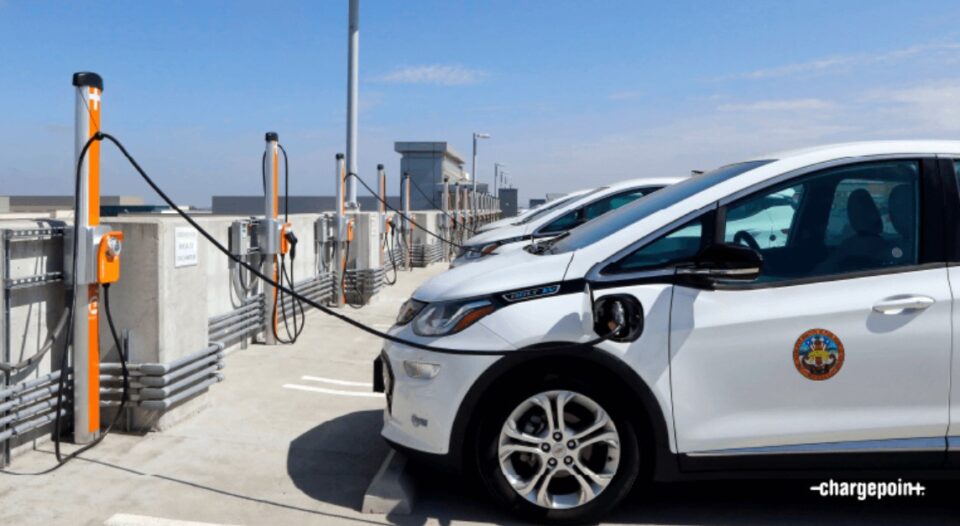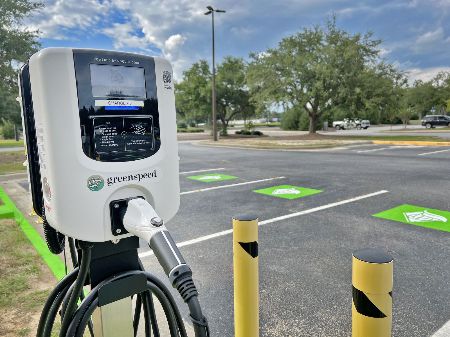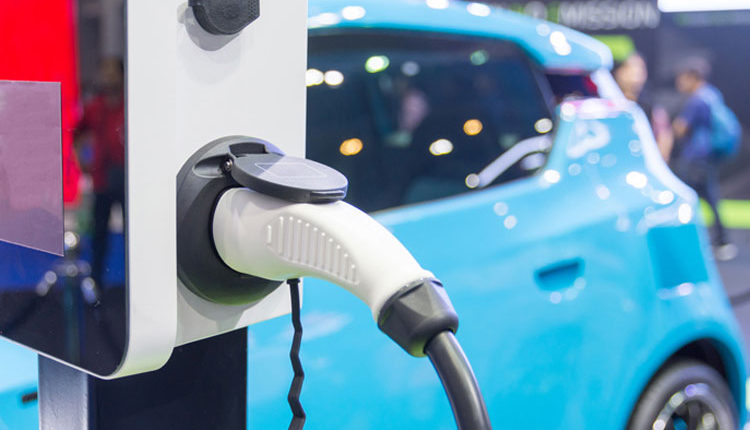Leading EV Charging Information: Key Updates on Infrastructure and Advancement

Recent Advancements in Fast-Charging Innovation

Furthermore, improvements in battery technology, including boosted thermal management systems and higher power thickness batteries, complement fast-charging abilities. These growths reduce the danger of battery destruction during rapid charging, making certain longevity and performance for EV owners.
In addition, the integration of wise billing remedies is enhancing individual experience, making it possible for real-time monitoring and dynamic rates versions. EV Charging news. This flexibility allows motorists to optimize charging expenses and times based upon grid need
As automakers continue to invest in fast-charging networks, the partnership in between sector stakeholders is crucial. Partnerships in between billing terminal service providers and vehicle suppliers are leading the way for substantial insurance coverage, inevitably fostering a more robust EV ecosystem. These developments are critical in supporting the transition to lasting transport.
Federal Government Campaigns for Billing Development
Federal government efforts play an important role in the growth of electric car (EV) charging infrastructure, facilitating the change to lasting transportation. Various government and state programs are being applied to boost charging accessibility, reduce the economic problem on consumers, and advertise the fostering of electrical cars.
Notably, the united state government has alloted considerable funding via the Facilities Investment and Jobs Act, which sets aside $7.5 billion for EV charging network development throughout the nation. This financing is targeted at releasing countless new billing stations, specifically in underserved areas, therefore attending to range anxiousness among possible EV purchasers.
In addition, many states are enacting regulations to streamline the allowing process for billing station installments, which is critical for increasing implementation. Incentives such as tax obligation credits and discounts for both consumers and businesses are likewise being presented to motivate the installation of billing facilities.
Furthermore, public-private collaborations are progressively becoming a focus, leveraging exclusive investment to enhance federal government funding. These campaigns underscore a collective strategy vital for constructing a extensive and reliable EV billing network, inevitably adding to a greener and even more lasting future.
Innovative Battery Solutions Enhancing Effectiveness
Reinventing the landscape of electrical car (EV) innovation, cutting-edge battery solutions are considerably improving efficiency and performance. Advancements in battery chemistry, especially with lithium-sulfur and solid-state batteries, are bring about increased energy thickness, which enables longer arrays and faster billing times. These new battery types have the potential to outmatch traditional lithium-ion batteries by providing higher capabilities while minimizing weight, consequently improving overall automobile effectiveness.
Moreover, growths in battery monitoring systems (BMS) are maximizing energy usage and expanding battery life-span. Smart algorithms keep an eye on battery health and efficiency, enabling real-time adjustments to billing and releasing processes. This not just improves the effectiveness of the battery yet likewise makes sure a more dependable and lasting energy resource for EVs.
Additionally, the combination of recycling technologies is attending to the ecological effect of battery production and disposal. Technologies in second-life applications for EV batteries are facilitating their use in power storage space systems, adding to a circular economic situation.
As these ingenious battery solutions continue to advance, they promise to transform the EV market, making electric lorries extra enticing and accessible to a more comprehensive target market while sustaining international sustainability objectives.

Cooperation In Between Automakers and Billing Networks
Identifying the critical need for a robust billing infrastructure, automakers are progressively teaming up with billing network providers to boost the EV possession experience (EV Charging news). These collaborations aim to produce a smooth billing community that profits consumers and sustains the change to electrical vehicles
Significant auto brands are signing up with forces with you can try these out recognized charging networks to broaden their billing terminal coverage, guaranteeing vehicle drivers have access to convenient and reliable billing choices. Collaborations with networks like ChargePoint and Electrify America enable automakers to integrate charging options straight right into their cars' navigation systems, assisting customers to the nearest stations click reference and providing real-time availability updates.
In addition, these partnerships typically lead to the development of fast-charging modern technologies that considerably decrease the moment required to reenergize an EV. By merging sources and experience, automakers and billing networks can introduce quicker, creating options that meet the expanding need for electric movement.
Additionally, joint campaigns may also result in more standardized billing methods, which can alleviate customer confusion and advertise more comprehensive EV adoption. In general, these tactical partnerships are pivotal in building a user-friendly and efficient charging facilities that satisfies the requirements of a broadening electric lorry market.
Difficulties Facing EV Billing Infrastructure
As the electrical vehicle market continues to expand, several obstacles are surfacing that hinder the advancement of a comprehensive charging framework. Among the primary obstacles is the inadequate variety of billing terminals, particularly in rural and underserved urban areas. This gap produces array stress and anxiety amongst potential EV buyers, deterring them from making the switch.
In addition, the lack of standardization in billing technology makes complex the facilities landscape. Variations in plug types and charging rates can develop complication for users and boost operational intricacies for billing network operators.
An additional pushing issue is the high cost related to the installment and maintenance of charging stations, which can be an obstacle for both public entities and exclusive services. Governing hurdles and zoning limitations can postpone the deployment of billing framework, hindering progression in expanding necessary solutions. Attending to these obstacles will be vital for cultivating a robust EV environment that sustains the transition to sustainable transport.
Conclusion
Finally, the continuous developments in EV billing technology, sustained by significant government initiatives and ingenious battery services, are vital for the development and performance of electrical lorry framework. Cooperations in between car manufacturers and billing click over here now carriers better boost terminal insurance coverage, resolving the expanding need for easily accessible charging choices. In spite of challenges that linger within the EV billing landscape, these growths symbolize a positive trajectory towards a more lasting and reliable electric lorry ecological community.
Advancements in charging infrastructure have actually led to the growth of ultra-fast chargers capable of supplying up to 350 kW of power, substantially decreasing charging times. Variants in plug types and charging rates can produce confusion for individuals and enhance operational intricacies for charging network drivers.In final thought, the ongoing innovations in EV charging technology, sustained by significant federal government efforts and innovative battery options, are important for the expansion and effectiveness of electric automobile infrastructure. Cooperations between car manufacturers and charging carriers even more boost station insurance coverage, dealing with the expanding demand for easily accessible charging choices. Regardless of difficulties that linger within the EV charging landscape, these growths signify a favorable trajectory in the direction of a more lasting and reliable electric car ecological community.